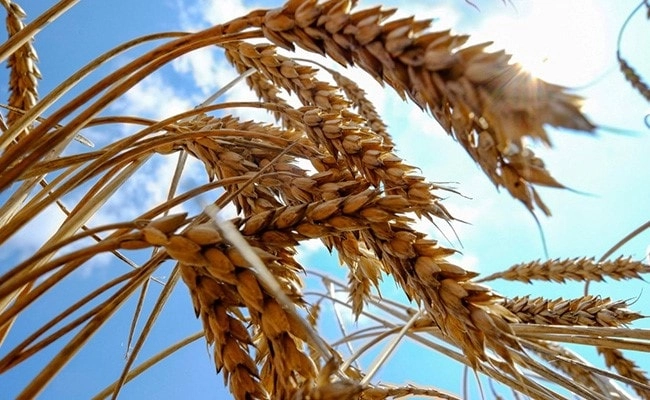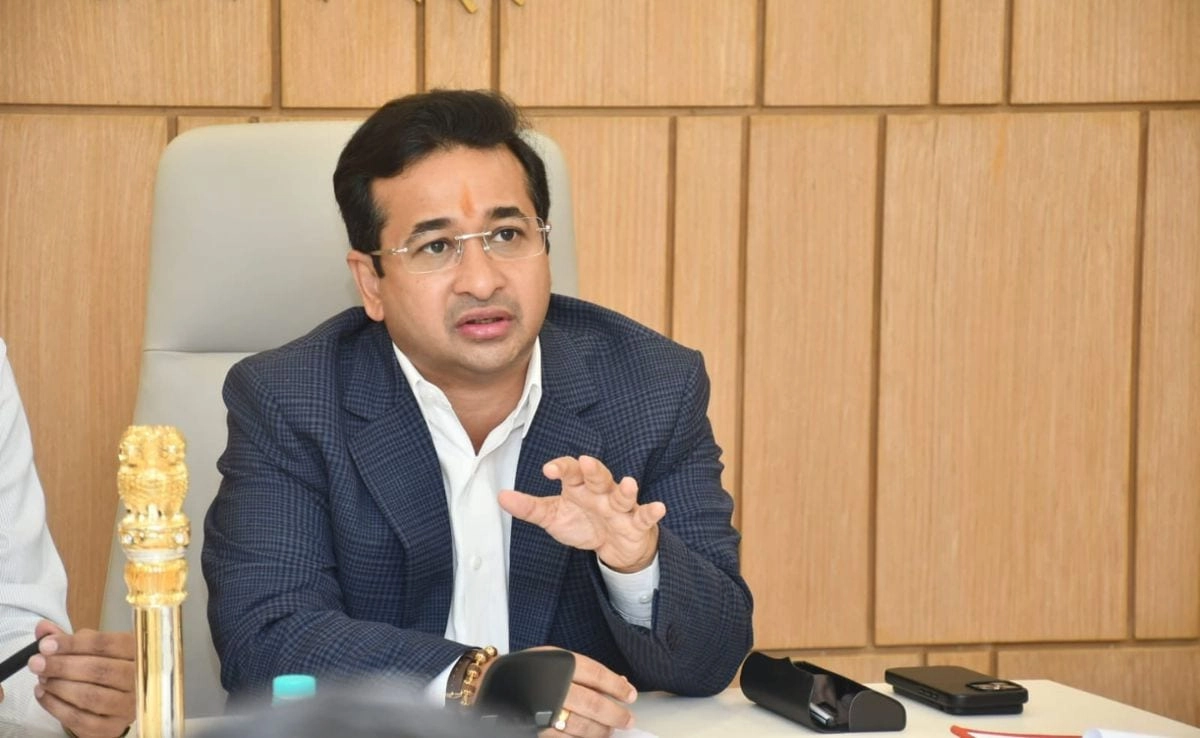Recent cuts to U.S. aid programs are having dire consequences for millions of vulnerable individuals around the world, particularly when it comes to food security. With the reduction in funding for food assistance, vast quantities of food are now left sitting idle in storage facilities, unable to reach those who desperately need it. This paradox of surplus food contrasted with severe hunger highlights the inefficiencies in the distribution systems and the urgent need for a reevaluation of aid priorities.
Many countries reliant on U.S. food aid have found themselves in a precarious situation, with stocks of vital provisions accumulating in warehouses instead of being delivered to impoverished communities. The reasons behind this buildup are multifaceted; logistical challenges, bureaucratic hurdles, and insufficient infrastructure often impede timely distribution. As a result, food that could alleviate hunger is left to spoil, exacerbating the plight of those who are already facing dire nutritional deficits. This situation calls for a more streamlined approach to aid distribution, ensuring that food reaches those in need promptly and efficiently.
Moreover, the reduction in U.S. aid not only impacts food availability but also undermines the broader efforts to combat poverty and foster sustainable development in affected regions. Organizations working on the ground are struggling to adapt to the changing landscape of aid, often finding it difficult to secure the necessary resources to address food insecurity effectively. The consequences extend beyond immediate hunger, as the long-term impacts of malnutrition can hinder educational and economic opportunities for entire communities.
In light of these issues, it is essential for policymakers to reconsider the framework of U.S. food aid. A comprehensive strategy that addresses both the supply and distribution of food is necessary to prevent waste and ensure that assistance reaches its intended recipients. Collaborative efforts with local organizations and governments can bolster the effectiveness of aid programs and create more resilient systems capable of responding to crises. Ultimately, the goal should be to transform the current state of food aid from one of excess and waste into a model that prioritizes sustainability and human dignity.




